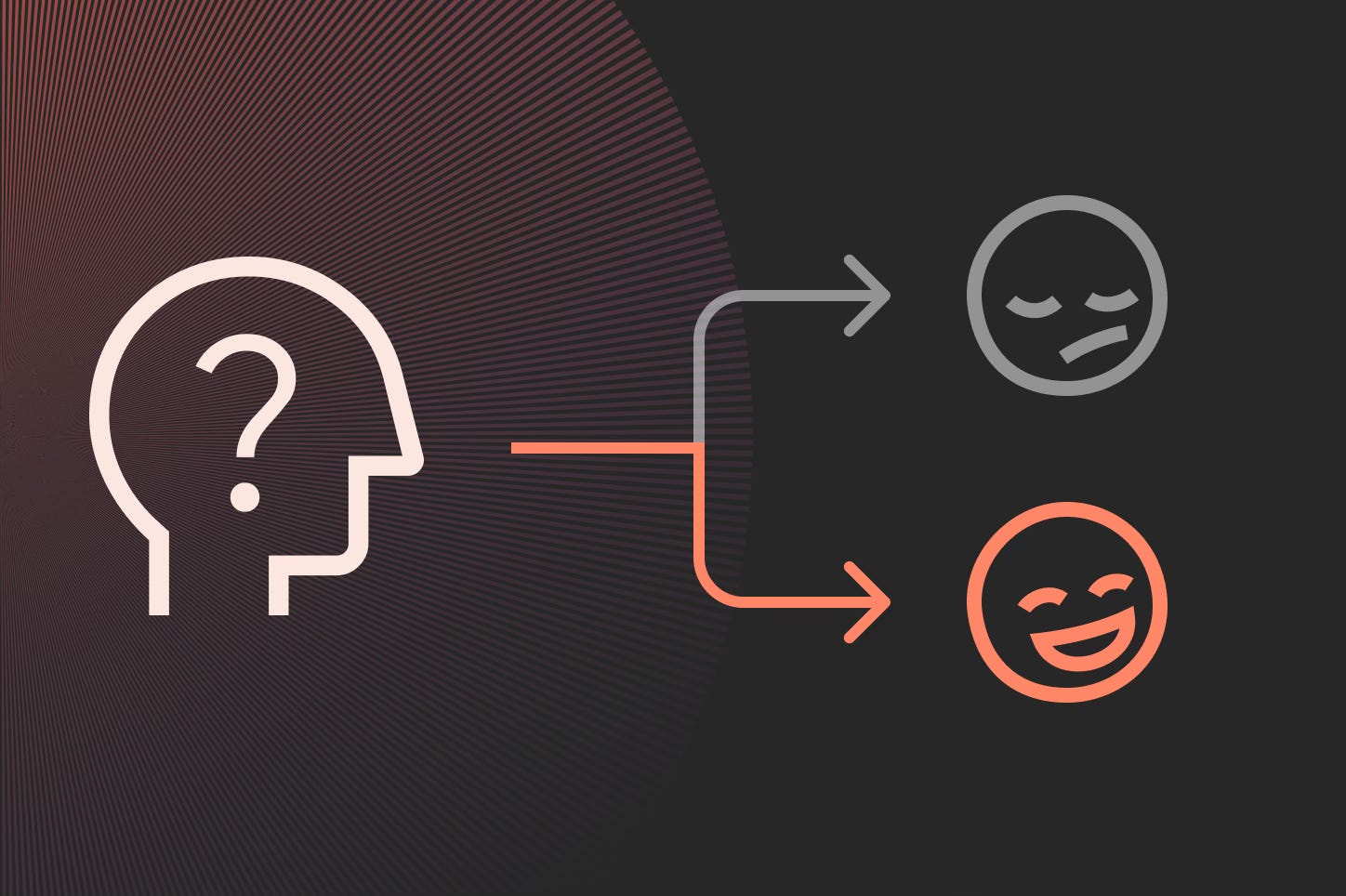Changing human behavior with behavioral design
#62: How can we change human behavior with behavioral design
Welcome to Fundament, a bi-weekly product design newsletter where we share actionable tips and insightful stories with the worldwide design community. Join 2,000+ readers and grow as a UX and product designer with us!
Changing human behavior with behavioral design
In previous editions of the newsletter, I’ve mentioned several concepts and methods that all…



